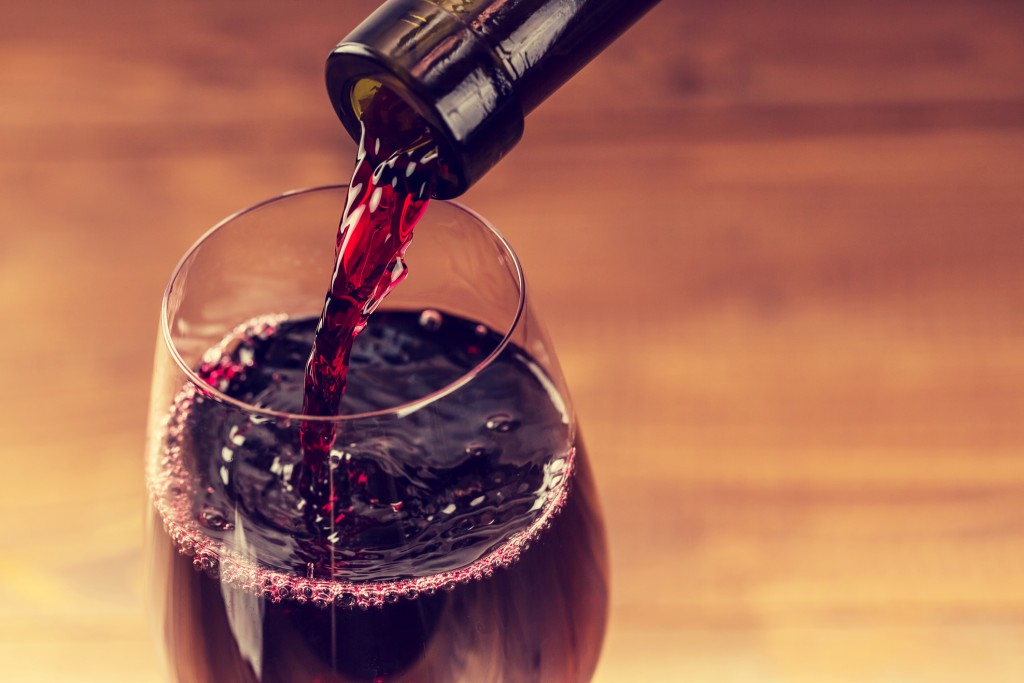If you have a growing collection of Portuguese red wine, it may be time to think about constructing a wine cellar. Once upon a time the custom wine cellar was a rarity; today more and more wine lovers are learning about wine cellar construction or contracting the work out to those who know how to do the job well. Wine storage rooms are more than a dark, cool place to store a collection of wine bottles. Today’s custom wine cellar is a controlled environment where humidity and temperature are regulated to allow wine to correctly age without harm to corks, labels or the wine itself.
There are two styles of wine cellars. One is a room that has been specifically created to stock wine in the perfect conditions and the other is a stand-alone system that duplicates those conditions. A stand-alone wine cellar is not as valuable as a custom-built version, but some people like the aesthetics of a small cooled refrigerator over a custom wine cellar. Those who do choose a custom cellar have three simple considerations for proper creation.
A wine room is used to store and age the wine in the bottle rather than maintaining it at a serving temperature. (A stand-alone wine chiller is excellent for carrying wine out of the cellar to store at serving temperatures.) Maturing wine is a balance of time, temperature and the chemical reactions that take place as an effect of the two.
Wine should be aged in conditions ranging between 55 and 65 percent humidity and a steady 55 degrees Fahrenheit, give or take one degree. Wine kept at higher temperatures will age sooner and wine experiences chemical reactions at higher temperatures that devalue the flavor over time.
In some parts of the country, homeowners with basements often discover that conditions are right for basic wine storage, but seasonal temperature and humidity variations ought to be avoided. The ideal storage solution is a custom-built or DIY-construction wine room with climate and humidity control using a wine cellar cooling component to maintain the temperature at a steady 55 degrees.
These components come in a range of sizes and the dimensions of your wine cellar room will dictate what size you need to get. Never select a wine cooling unit too small for your room; you may never get a steady, optimal storage temperature and the cooling system will become overtaxed trying to keep up.
Wine cooling units demand proper venting, and your wine cellar construction project requires either a hole in the wall to permit venting outdoors or enough vent space to mix warm air out of the room. Check the specs of your wine cooling component; most require a venting space at least two times as big as the wine room space itself.
Electrical power is also a concern. Custom wine cellar builders recommend a devoted power source to run a wine cellar refrigeration system. Those who choose to use a shared power source often find the unit overloading with blown fuses and other electrical issues.
The wine cooling system is only part of your climate control plan for a custom wine cellar; you also need a vapor barrier made of plastic sheeting used on the “hot” side of the wall. Some people enclose the interior of the wine cellar before placing the insulation, leaving the plastic loose so that insulation can be put between the studs in the wall. Wrap the ceiling and the walls, or your vapor barrier will be incomplete. Once the barrier is put in, the insulation will come next.
Good wine cellar building needs the right kind of insulation for your walls and ceiling. For example, if you are building a 2×6 wall, R19 insulation is recommended, but if you have a smaller wall of 2×4, R13 may be your best bet. (The “R” designation represents the heat resistance of the insulation.) Ceilings require R30. Custom wine cellar builders should never set up the insulation loose without packing the substance into the sections, as this decreases the insulation’s effectiveness.
The next step is to install a kind of drywall called green board, which is moisture-resistant, making it a bit more expensive than regular drywall. Install an exterior-grade door to the wine cellar and your climate control plan is finished.
Wine is spoiled by UV exposure, which is why the bottles are most often constructed out of dark glass. Abstain from installing fluorescent bulbs in the wine cellar room, as they give off UV radiation. Control the intensity by using recessed lighting on a dimmer and avoid shining light straight on your wine bottles for long periods of time. Some wine display racks are made with sections that hide bottles from the light which can help lessen the exposure, but if your bottles are stowed in clear view, try to avoid the “spotlight” effect on your bottles.



